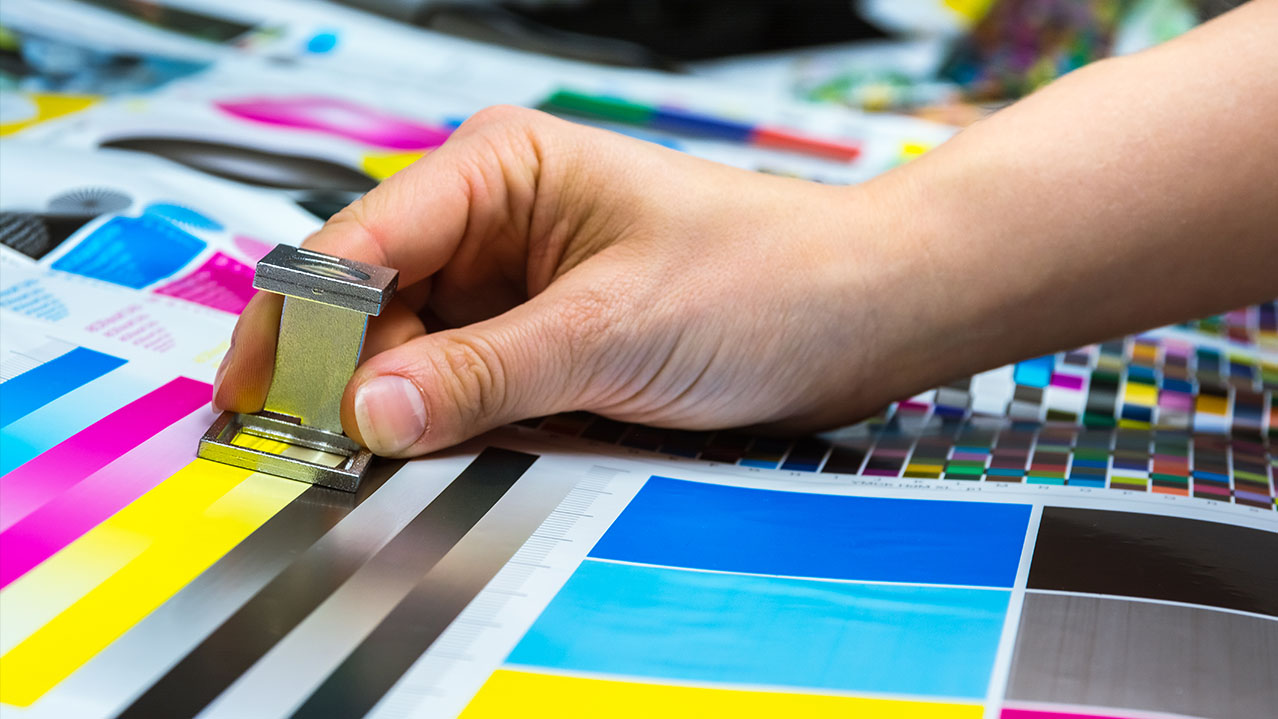A Comprehensive Guide to Recognizing Litho Printing Techniques
The world of litho printing, a technique stemming from the late 18th century, is a remarkable blend of background, art, science and advancement. Keep with us as we trip into the fascinating world of litho printing.
The Historical Advancement of Litho Printing
The historical trajectory of litho printing, a critical innovation in the world of communication, is an exciting tale of human resourcefulness. Birthed in the late 18th century by Alois Senefelder, this strategy was at first an economical technique of publishing staged works. Lithography, obtained from the Greek words for 'rock' and 'to compose', made use of a smooth rock surface area to move pictures onto paper. The process evolved with the development of the rotary press, which significantly increased productivity (litho printing). In the 20th century, the development of balanced out lithography revolutionized the sector, permitting automation of top quality prints. Each phase of litho printing's development showcases mankind's unrelenting search of performance and quality in aesthetic interaction.
Translating the Science Behind Litho Printing Inks
Moving on in the expedition of litho printing methods, the emphasis now shifts to the science behind litho printing inks. The make-up of these inks, their drying out procedure, and shade mixing strategies create the foundation of this complex art kind. Understanding these aspects is vital to mastering the craft and attaining the desired print outcomes.
Structure of Litho Inks
In lithographic printing, the fundamental role of litho inks can not be overstated. Pigments, the color-providing elements, are finely ground fragments suspended in the automobile, a liquid that brings the pigment onto the printing surface. Each component plays an important part in the final print's high quality, making the precise formulation of litho inks a complex scientific research.
Ink Drying Refine
From the structure of litho inks, focus transforms to the interesting procedure of ink drying out. Two main techniques are made use of in litho printing: oxidative drying out and absorption. Absorption, on the other hand, includes the ink permeating right into the paper fibers, which is a quicker procedure yet can lead to less lively shades.
Shade Combining Methods
While the drying procedure plays a crucial duty in litho printing, the science of shade mixing strategies holds equivalent value. The scientific research behind litho printing inks additionally takes into account the openness of the ink, which influences how shades overlay and mix.
The Art and Style Aspects in Litho Printing
Litho printing takes a breath life into art and layout with its distinct components. The procedure includes official website producing a picture on a lithographic limestone plate or metal plate with a smooth surface. The picture is after that printed onto a tool, generally paper, by moving the ink from home plate. What sets litho publishing apart is its ability to replicate complex designs with high fidelity, making the result almost the same to the initial art work. This is accomplished through the use of various line techniques such as stippling, cross-hatching, and hatching, which permit an array of tonal effects. Furthermore, litho printing accommodates a variety of shades, enabling artists to create vivid and vibrant prints. This combination of precision and versatility makes litho printing a favored choice for several artists and developers.
Modern Applications of Litho Printing Methods
Litho printing techniques have actually discovered substantial use in the contemporary commercial market. Its impact and relevance remain to grow with the arrival of brand-new innovations and technologies in the field. This section will check out these contemporary applications and the this hyperlink transformative duty they play in the printing market.
Commercial Litho Printing Makes Use Of
In today's electronic age, one may question about the importance of conventional printing techniques. Litho printing remains an important part of the business market. High-volume printing jobs, such as the production of publications, papers, and packaging, depend on litho printing for its capacity to provide premium picture top quality and expense effectiveness. The procedure, which includes moving an inked image from a plate onto a rubber blanket and then to the printing surface, offers unparalleled consistency. This makes it optimal for jobs requiring a huge print run. Litho printing also supplies a broad shade spectrum, superior to that of electronic printing. This makes it the additional resources go-to selection for tasks that demand vibrant, top quality shade recreation.
Technologies in Litho Printing
Pushing the borders of traditional techniques, contemporary innovations have fueled a host of advancements in litho printing. One popular development is electronic litho printing, which combines the virtues of digital technology with litho's high-grade output. These innovations highlight the enduring significance of litho printing in the contemporary world.
Checking out the Refine of Litho Printing: Step by Step

Obstacles and Solutions in Contemporary Litho Printing

Despite the accuracy and custom that litho printing proudly supports, it is not without its collection of modern difficulties. Digital litho printing permits for cost-effective brief runs and simple modification, resolving the concern of variable data. Hence, while there are challenges, the litho printing industry is proactively adapting to fulfill them head-on, guaranteeing its importance in the future.
Conclusion
In conclusion, litho printing, with its rich history and clinical ins and outs, holds a substantial location in the print market. The future of litho printing hinges on its capability to adapt to these altering needs, verifying its long-lasting worth in an evolving market.
